Ancient Egypt, one of the most fascinating civilizations in history, continues to captivate us with its mysteries and grandeur. While many are familiar with its iconic pyramids, pharaohs, and hieroglyphs, there are countless lesser-known aspects of this ancient society that reveal the depth of its culture and achievements. In this article, we will uncover some intriguing and little-known facts about the Ancient Egyptian civilization, shedding light on the remarkable and sometimes surprising facets of this enduring empire.
The Oldest Known Dress
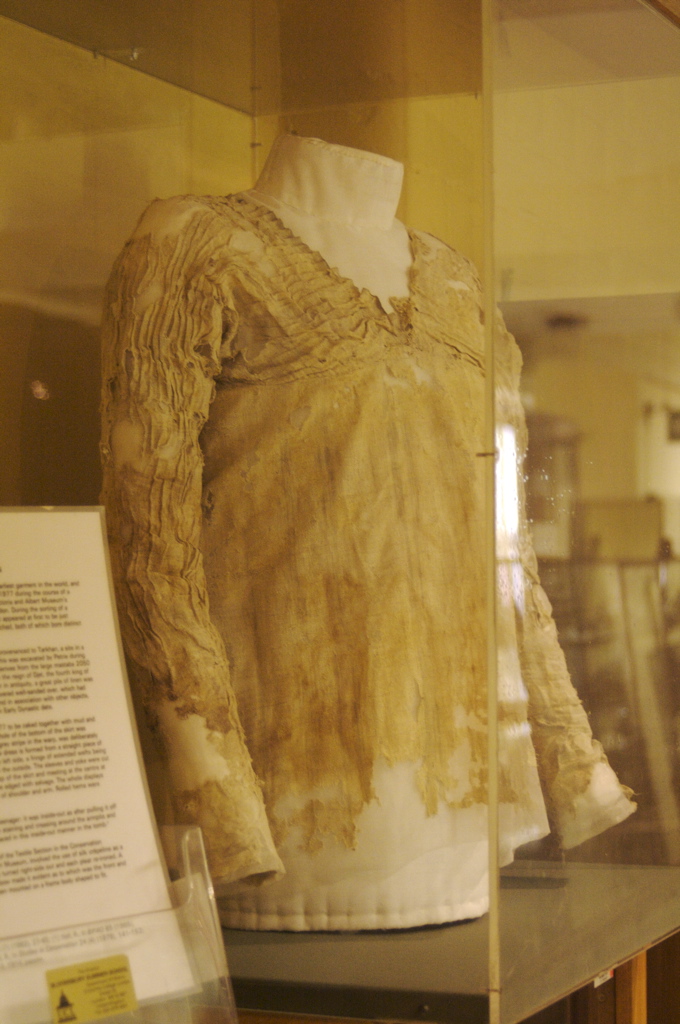
The world’s oldest known dress, the Tarkhan dress, dates back over 5,000 years. Found in a tomb at the ancient city of Tarkhan, this linen garment showcases the advanced textile techniques of the Egyptians. The fine pleating and tailored fit highlight their sophisticated approach to fashion and clothing production, emphasizing their skill in creating durable and stylish attire from natural fibers.
Ancient Egyptian Dentistry
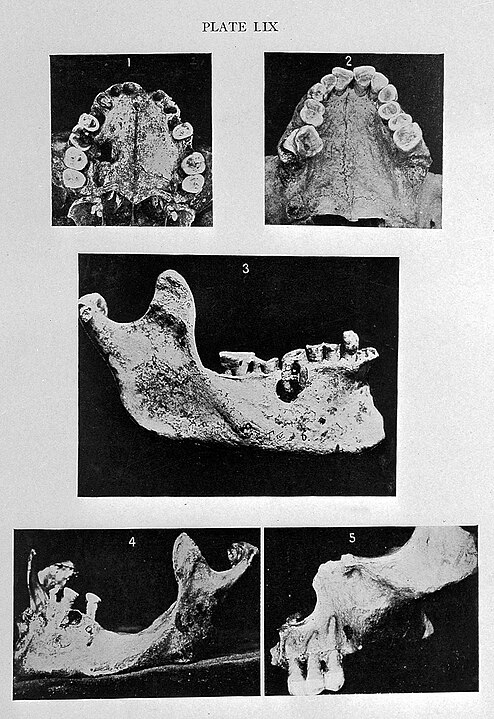
Dental health was a significant concern in Ancient Egypt due to the gritty, sand-laden diet that wore down teeth. Evidence from mummies shows that Egyptians used rudimentary dental techniques, including fillings made from natural resins and drilling to alleviate dental abscesses. Their medical papyri also document various treatments for toothaches and oral diseases, illustrating an early understanding of dental care.
Egyptian Board Games
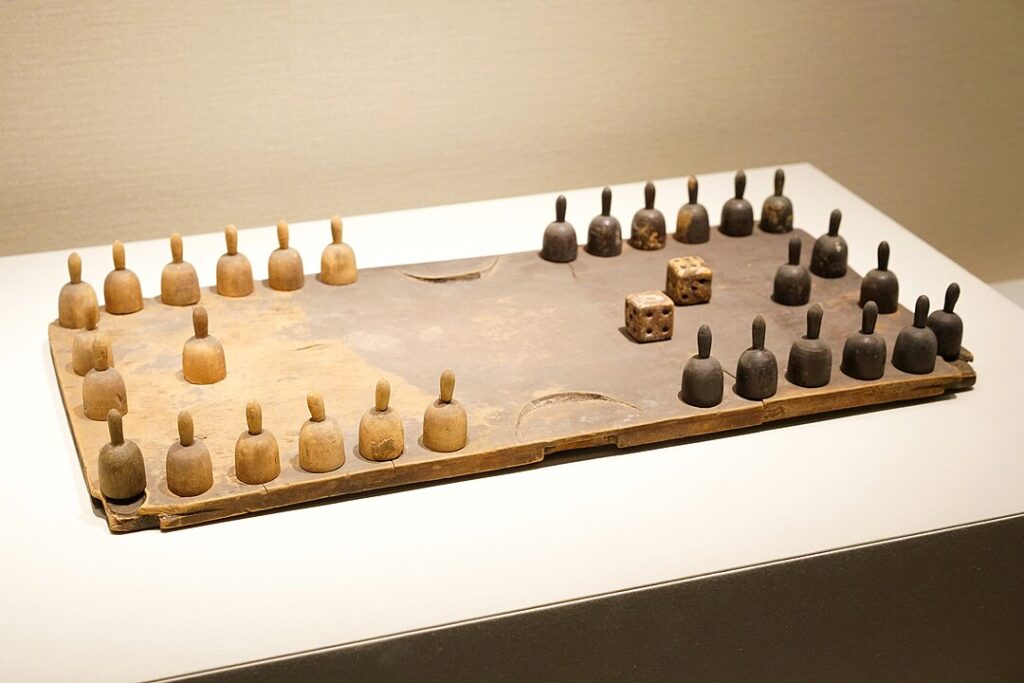
The Egyptians enjoyed board games, with Senet being one of the most popular. Played for over 2,000 years, Senet was a game of strategy and chance, often depicted in tomb paintings. The game board consisted of 30 squares arranged in three rows of ten, and players moved pieces according to dice rolls or throwing sticks, aiming to navigate all their pieces off the board first.
Early Pregnancy Tests

Ancient Egyptians developed an early form of pregnancy testing using barley and wheat seeds. Women would urinate on seeds, and the type of plant that sprouted was believed to predict the baby’s gender. This method was surprisingly accurate, with modern studies confirming its success rate of determining pregnancy due to the presence of certain hormones that promote seed growth.
Pyramid Construction Techniques
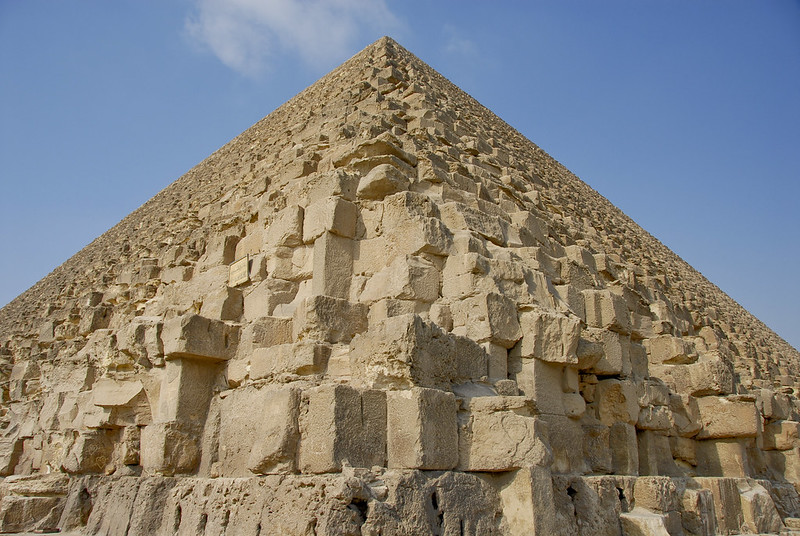
The construction of pyramids remains a topic of fascination and debate. Egyptians used a combination of skilled labor, simple tools, and clever engineering techniques, such as the lever and inclined plane, to move massive stone blocks. Recent discoveries suggest they may have also used a system of water canals to transport these blocks from quarries to building sites.
The First Peace Treaty
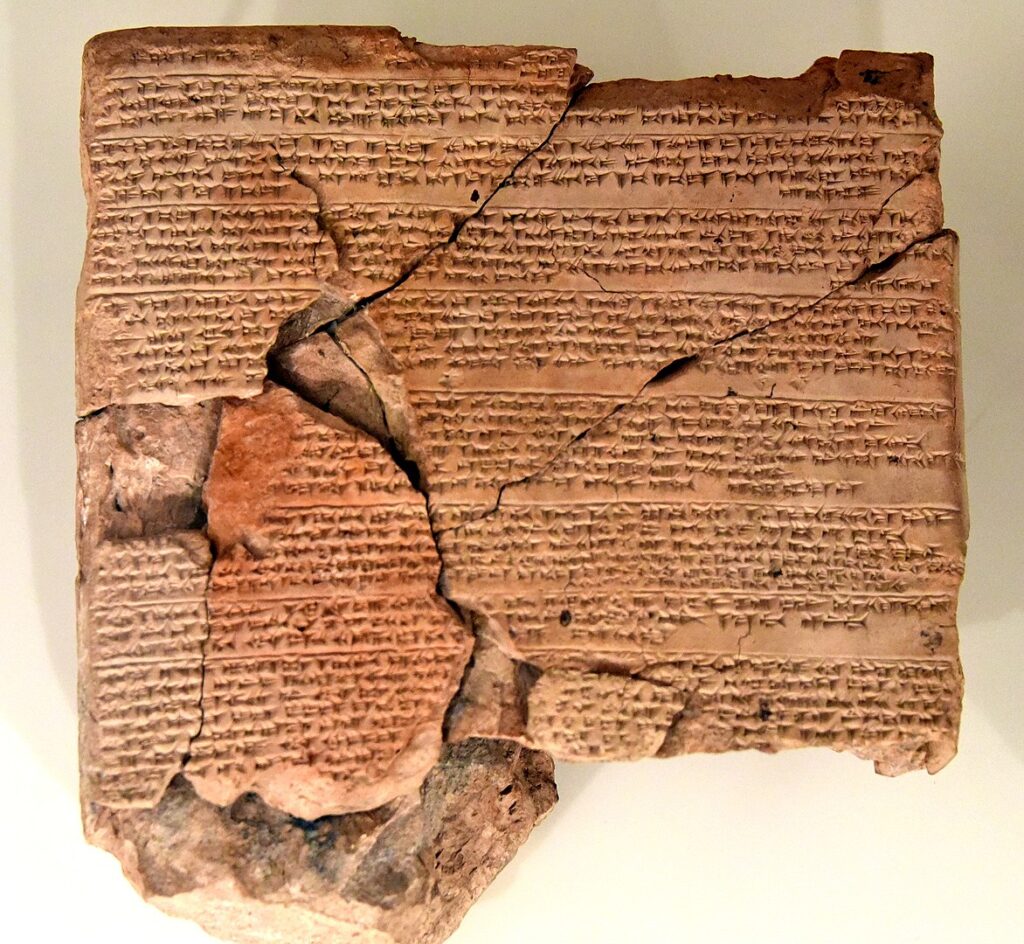
The first recorded peace treaty in history was signed between the Egyptians and the Hittites around 1259 BC after the Battle of Kadesh. This treaty ended years of conflict and established a long-lasting peace, with both sides agreeing to mutual defense pacts and support. The text of the treaty, inscribed on clay tablets, highlights the diplomatic skills and political acumen of the Egyptians.
Women’s Rights and Roles
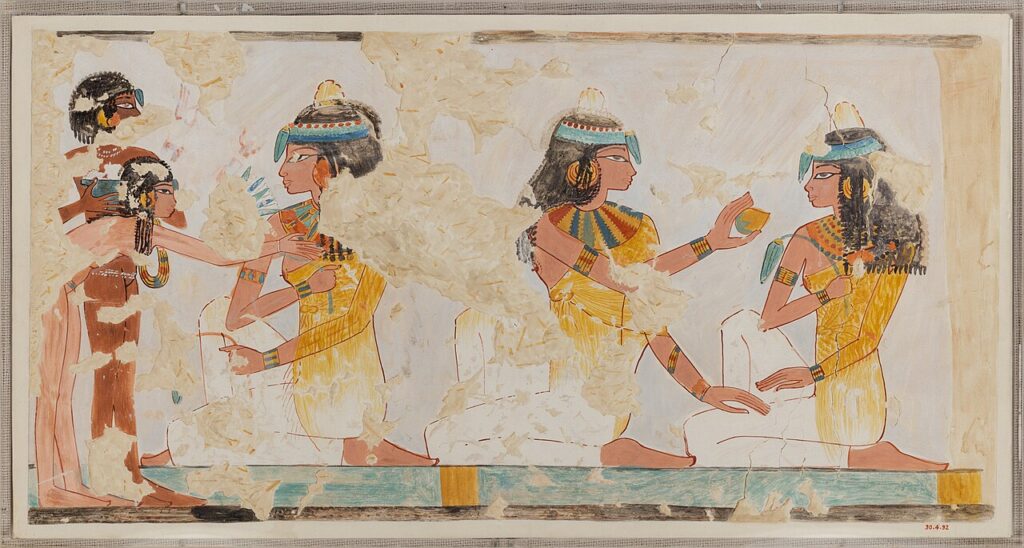
Ancient Egyptian women enjoyed a relatively high level of independence and legal rights compared to other ancient civilizations. They could own property, run businesses, and initiate divorce. Women were also involved in various professions, including priestesses, doctors, and artisans, indicating a society that valued their contributions beyond domestic roles.
Innovations in Medicine
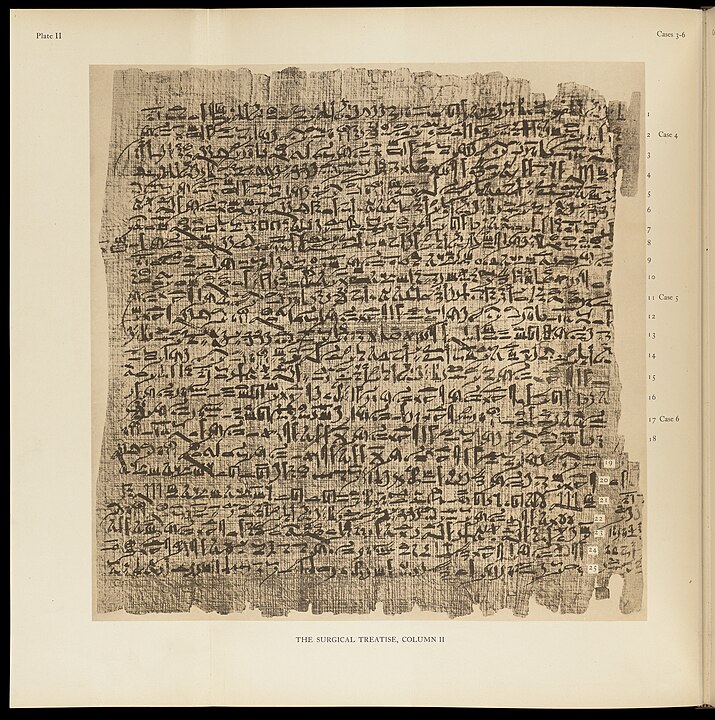
The Egyptians were pioneers in medical practices, with extensive knowledge documented in medical papyri like the Edwin Smith Papyrus. They performed surgeries, set broken bones, and practiced dentistry. They also used a wide range of medicinal plants and treatments, some of which are still in use today, such as honey for its antibacterial properties.
Solar Calendar
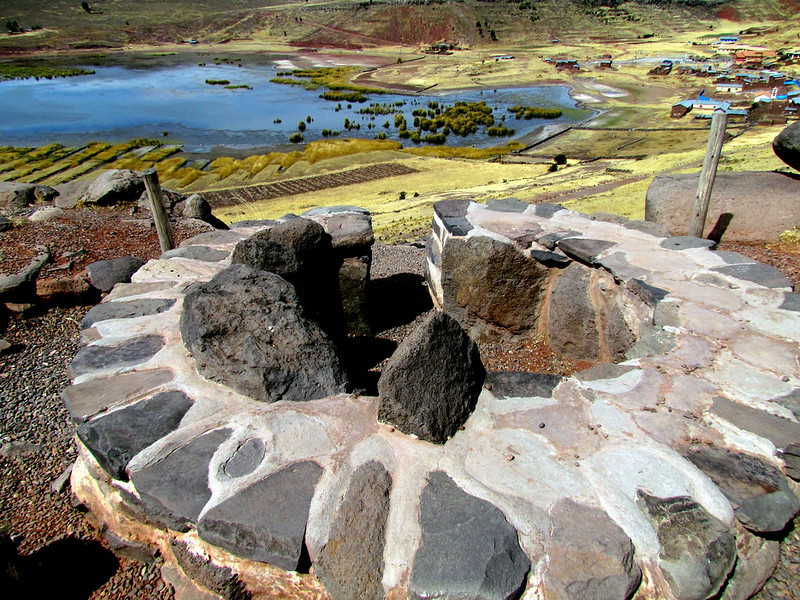
The Egyptian solar calendar was one of the earliest attempts to measure time based on the solar year. Consisting of 365 days divided into 12 months of 30 days each, plus five extra days, it was remarkably accurate. This calendar helped regulate agricultural activities, religious festivals, and administrative functions, reflecting the Egyptians’ advanced understanding of astronomy.
The Rosetta Stone
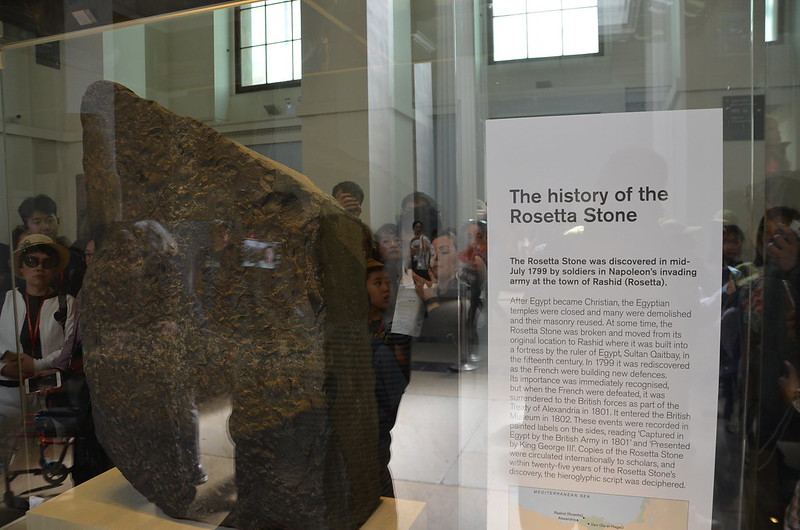
Discovered in 1799, the Rosetta Stone was key to deciphering Egyptian hieroglyphs. This granite slab, inscribed with a decree in three scripts—hieroglyphic, demotic, and Greek—enabled scholars to finally understand the ancient language. The stone highlights the Egyptians’ complex writing systems and their use of bilingual texts for administrative purposes.
Workers’ Villages
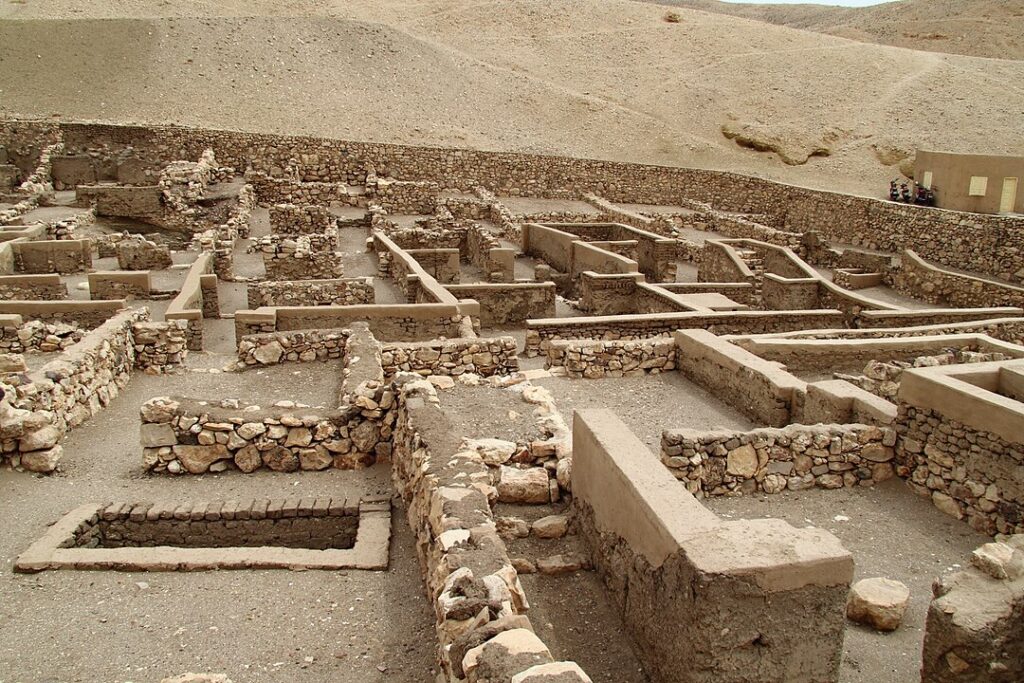
The village of Deir el-Medina provides insight into the lives of the workers who built the tombs in the Valley of the Kings. Archaeological evidence reveals a well-organized community with homes, workshops, and even a village council. Workers were highly skilled and well-compensated, receiving wages in food and goods, and enjoyed a degree of social mobility.
Mummification Process
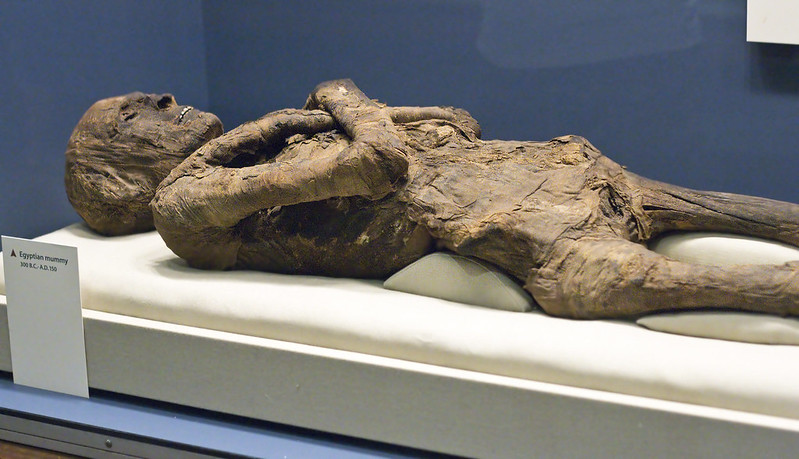
Mummification was a complex and sacred ritual aimed at preserving the body for the afterlife. The process involved removing internal organs, drying the body with natron, and wrapping it in linen. This practice evolved over time, with various techniques and materials used to ensure the deceased’s eternal preservation and journey to the afterlife.
Obelisks and Their Significance

Obelisks were monumental structures carved from a single piece of stone, often granite, and erected in pairs at the entrances of temples. They were symbols of the sun god Ra and represented rays of sunlight. The construction and transportation of these massive stones demonstrated the Egyptians’ engineering prowess and religious devotion.
Hieroglyphic Writing System
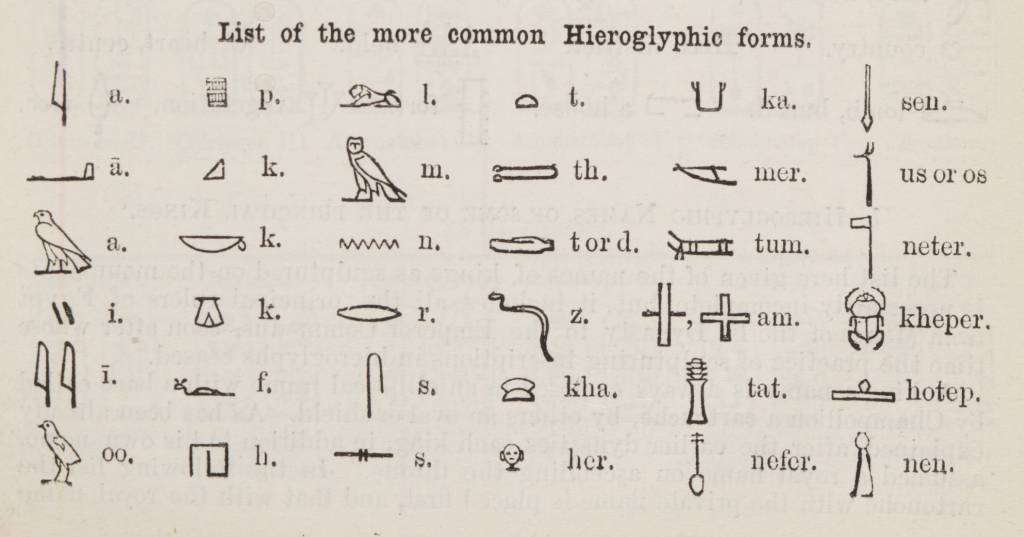
Hieroglyphs were a sophisticated writing system combining logographic and alphabetic elements. Used primarily for religious and monumental inscriptions, they conveyed complex ideas and narratives. The development of hieroglyphs reflects the Egyptians’ intellectual achievements and their ability to document and preserve their culture and history.
Cleopatra’s Lineage
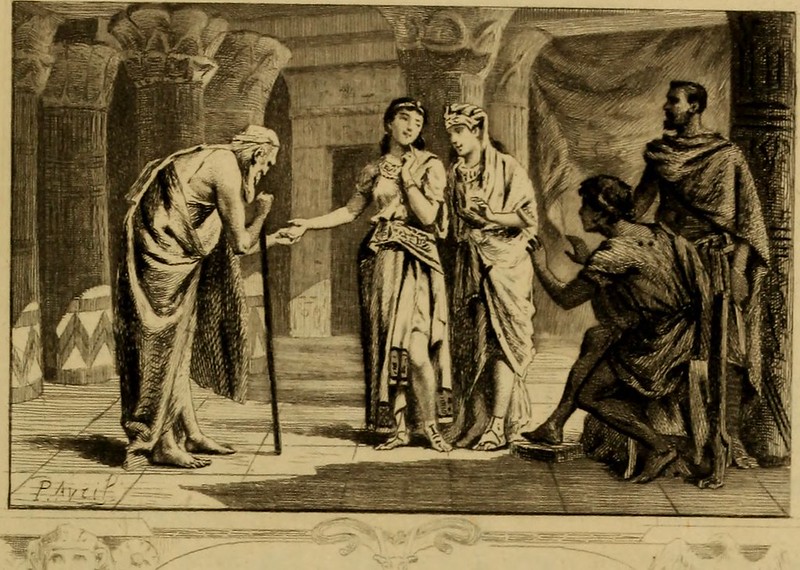
Cleopatra VII, one of Egypt’s most famous pharaohs, was of Macedonian Greek descent, part of the Ptolemaic dynasty established after Alexander the Great’s conquest. Her ability to speak multiple languages and her strategic political alliances with Roman leaders like Julius Caesar and Mark Antony showcase her intelligence and diplomatic skills.
Agricultural Techniques
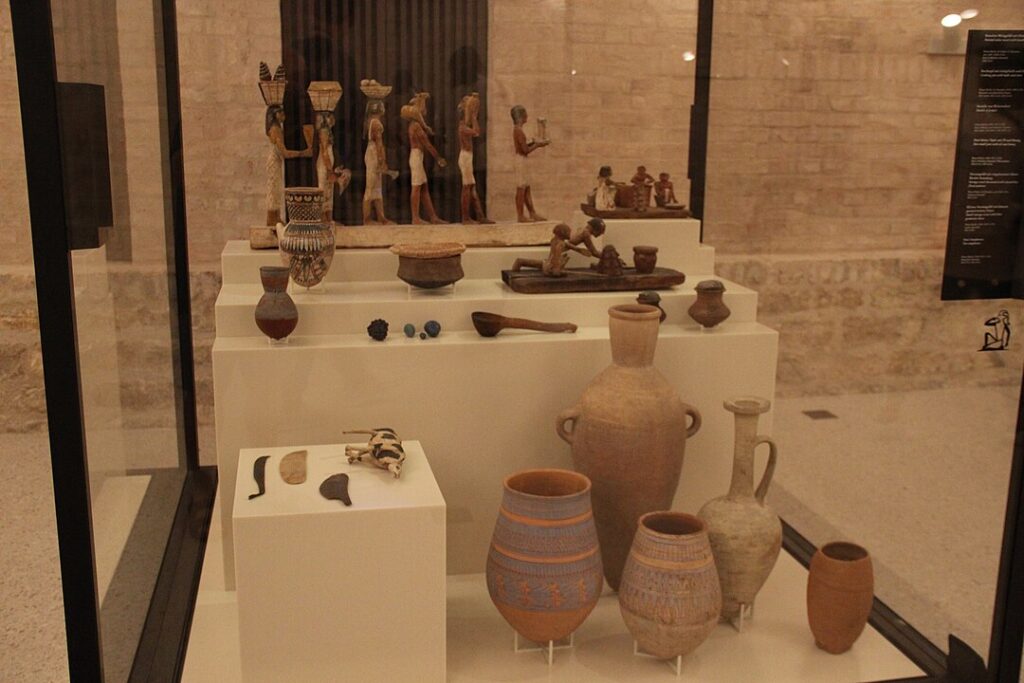
The Egyptians developed advanced agricultural techniques, including irrigation systems that harnessed the Nile’s annual flooding. They constructed basins and canals to control water distribution, allowing for the cultivation of crops like wheat, barley, and flax. These innovations supported a stable food supply and contributed to the civilization’s prosperity.
Symbolism of Colors
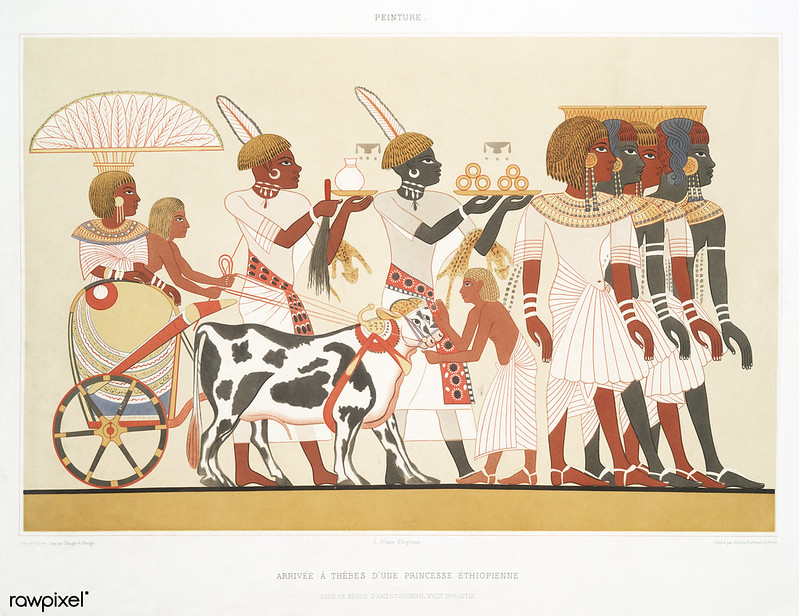
Colors held significant symbolic meanings in Ancient Egyptian art and daily life. For example, green symbolized fertility and rebirth, while red represented chaos and disorder. These color associations influenced everything from clothing and jewelry to tomb paintings and religious iconography, reflecting the Egyptians’ deep connection to symbolism and meaning.
The Role of Cats
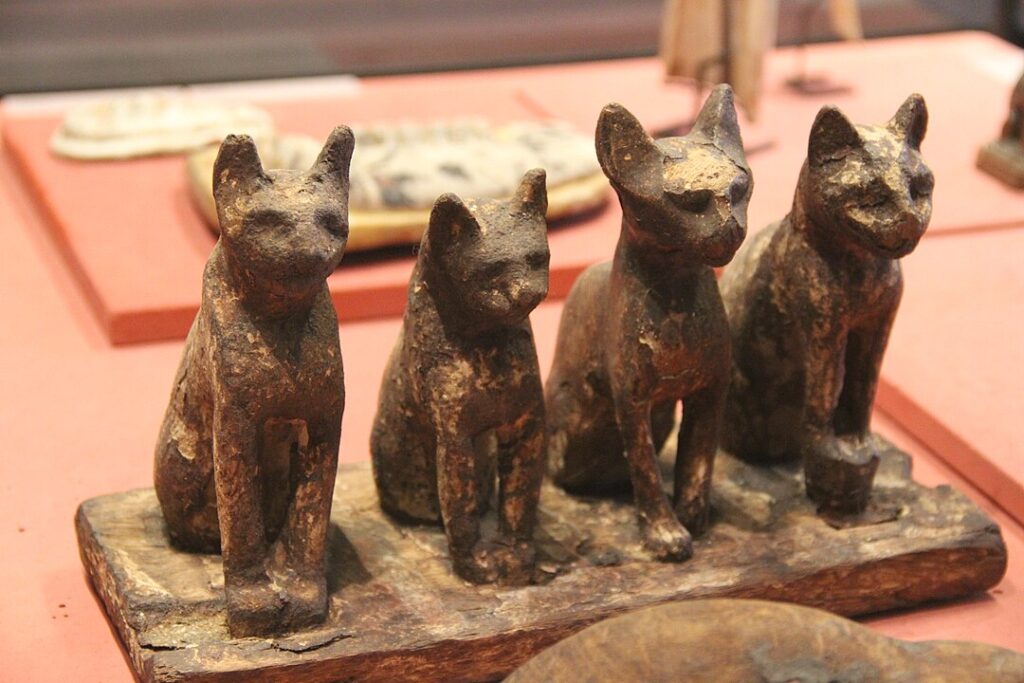
Cats were highly revered in Ancient Egypt, symbolizing protection and grace. They were often kept as pets and associated with the goddess Bastet, the protector of home and family. Killing a cat, even accidentally, was considered a grave offense. The Egyptians’ affection for cats highlights their appreciation for animals and their integration into religious and daily life.
Ancient Egyptian Perfumes
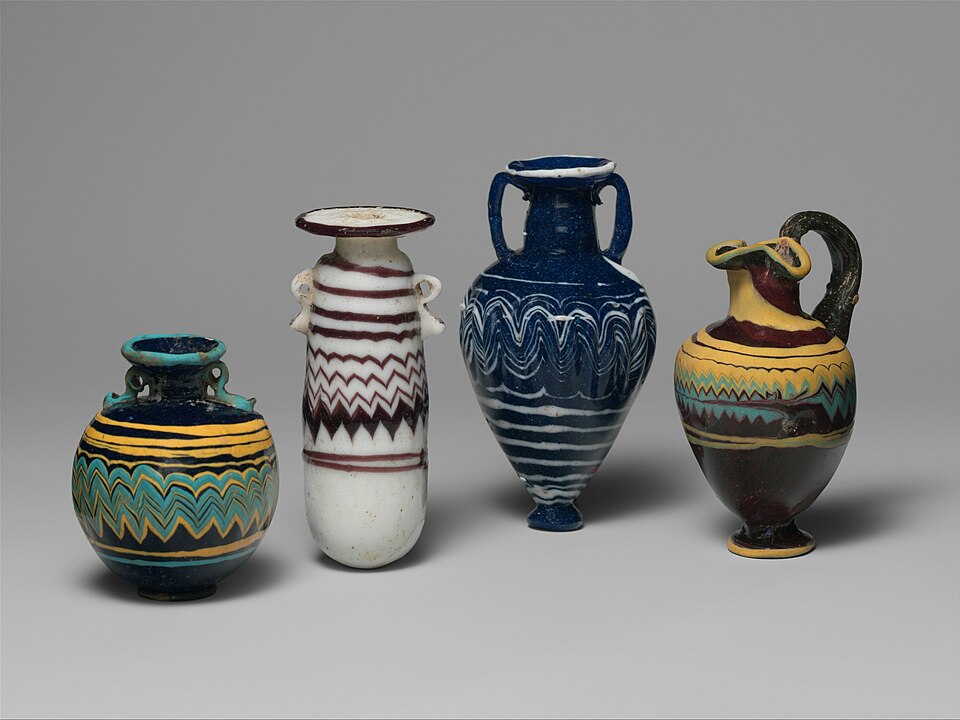
The Egyptians were renowned for their perfumes and scents, often using them in religious rituals and daily hygiene. They crafted perfumes from natural ingredients like flowers, herbs, and spices, blending them with oils. These scents were not only for personal use but also offered to the gods, underscoring the Egyptians’ sophisticated sense of olfactory aesthetics.
Astronomical Alignments
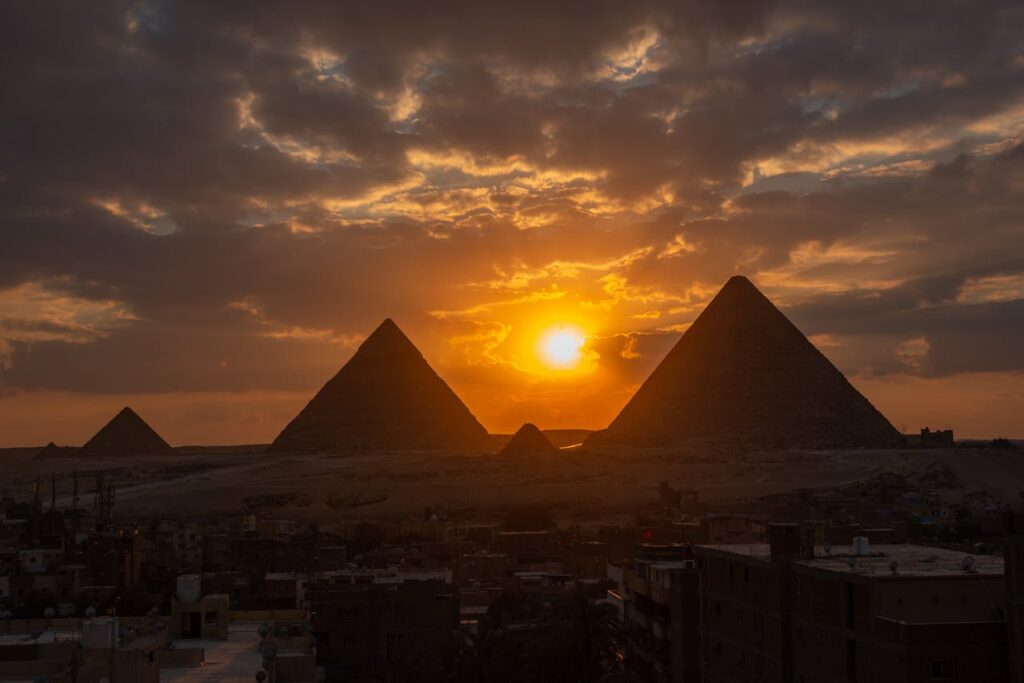
Many of Egypt’s monumental structures, including the pyramids and temples, were aligned with astronomical events. For instance, the Great Pyramid of Giza is aligned with the cardinal points and certain stars. These alignments indicate the Egyptians’ advanced knowledge of astronomy and their belief in the connection between the heavens and the divine.
This article originally appeared on UnifyCosmos.
More from UnifyCosmos
21 Common Mistakes That Decrease Your Home`s Value

In this article, we explore common mistakes homeowners make that inadvertently decrease their property’s value, as shared by experienced real estate agents. Read more!
23 Common Foods You Can`t Grow at Home

This article explores a variety of common foods that, surprisingly, are illegal to cultivate at home in some parts of the world. Read more!
21 Unexpected Ways to Boost Your Home`s Value

From small aesthetic changes to smart technology upgrades, discover these unexpected ways to enhance your home’s appeal and market value. Read more!
Leave a Reply